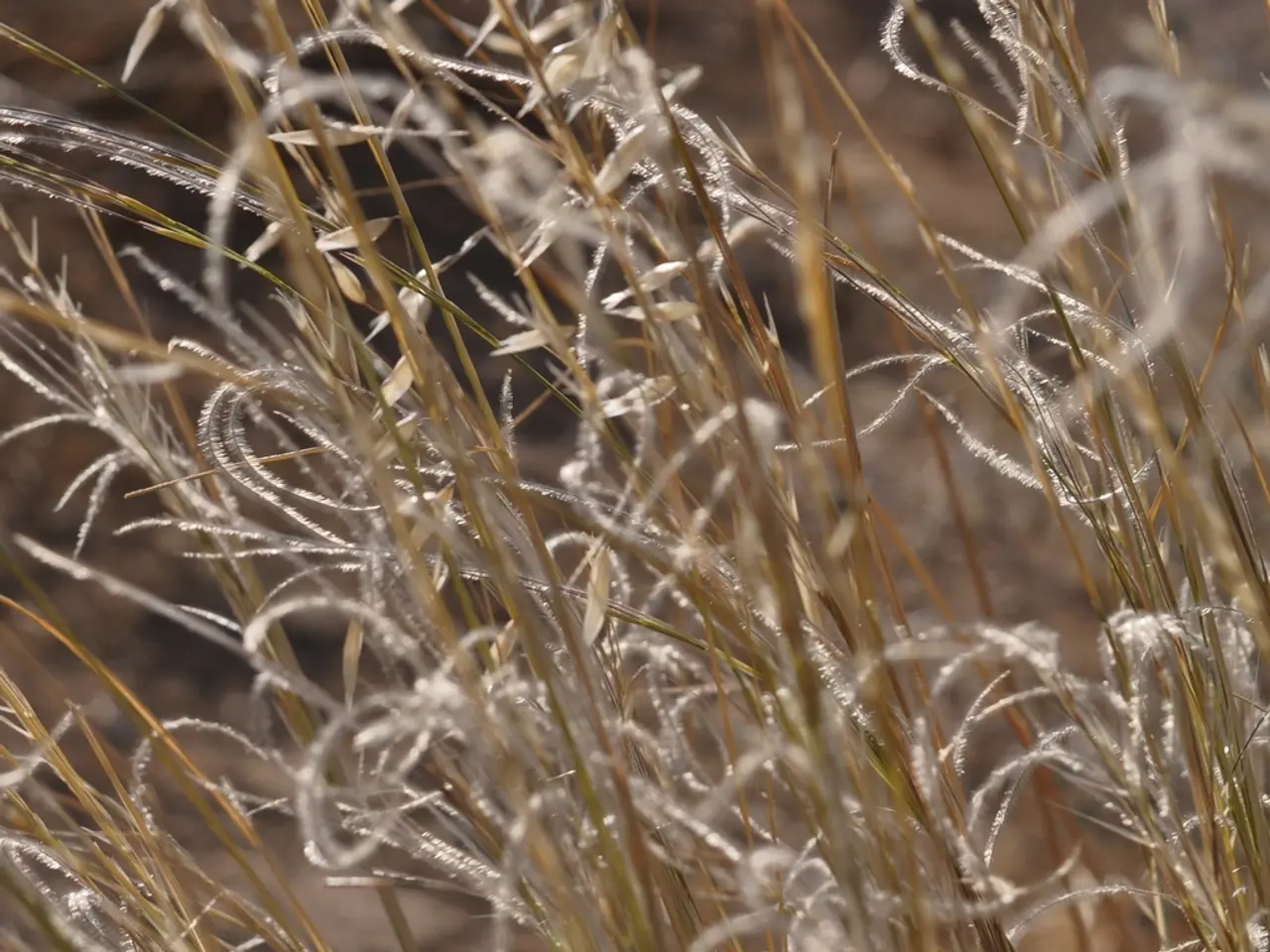Seasonal Advice on Fertilizing Your Lawn for Optimal Growth
Glen, a gardening expert with over 15 years of experience in garden maintenance, design, and landscaping services, shares insights on the importance of fertilizing your lawn for a lush, green, and healthy appearance.
Maintaining a balanced soil environment is crucial for your lawn's flourishing. Choosing the right fertilizer is essential, as it provides the necessary nutrients for grass growth. It's recommended to soil test every few years to understand the nutrient composition and guide you on when and what to feed your grass.
The ideal time to fertilize grass varies depending on the grass type and regional climate. Warm-season grasses, such as Bermudagrass, Zoysia, St. Augustine, centipede, and bahia, should be fertilized in late spring to early summer when temperatures reach around 80°F. A second fertilization may be done in summer or early fall depending on the region.
On the other hand, cool-season grasses, like Kentucky bluegrass, tall fescue, fine fescues, and perennial ryegrass, are best fertilized during fall (early to late fall) when temperatures are cooler (60°F–70°F). Late spring is a secondary option for cool-season grasses.
Regional specifics include Tennessee, where warm-season lawns are fertilized from mid-March to early September, and cool-season lawns are mainly cared for from September to November. In Texas, warm-season grasses are typically fertilized in spring and possibly summer, while cool-season grasses are fertilized in fall with spring as a secondary option. Southern Texas allows earlier fertilization and longer fall windows compared to northern areas like the Panhandle.
When fertilizing, it's essential to fertilize when grass is actively growing and green, avoiding fertilization during drought or extreme heat as it may stress the grass and reduce nutrient uptake.
In fall, a fall fertilizer is beneficial for cool-season grasses, building strong roots and preparing them for winter dormancy. Applying fall fertilizer when temperatures start to dip helps the lawn fight off winter weeds. Spring is a great time to give your lawn a boost as grass begins actively growing, and using nitrogen-rich fertilizers during this period encourages healthy growth. For warm-season grasses in summer, it's recommended to fertilize every 6-8 weeks.
When it comes to choosing a fertilizer, look for products that list nitrogen, phosphorus, and potassium as key ingredients. Granular fertilizers offer slow-release nutrients, while quick-release fertilizers give an instant boost. Use a spreader for even distribution of fertilizer and follow manufacturer's instructions for best results.
In addition to fertilizing, focusing on clearing leaves and debris during winter sets up the lawn for a strong spring. Mowing and watering play important roles in maintaining a healthy lawn during summer. Identifying the grass type is the first step in a successful lawn care routine.
In essence, warm-season grass regions (mostly southern and central U.S.) focus on spring to summer fertilization, while cool-season grass regions (northern U.S. and some transitional zones) focus on fall fertilization, with local adjustments based on climate and grass dormancy patterns. By following these guidelines, you can ensure a strong, healthy, and beautiful lawn all year round.
Maintaining a balanced home-and-garden environment outside of your home requires paying attention to your lawn's lifestyle, particularly its fertilizing needs. Glen, a home-and-garden expert, recommends fertilizing cool-season grasses during fall, as it helps build strong roots and prepares the lawn for winter dormancy. For warm-season grasses, he suggests fertilizing every 6-8 weeks during the growing season.




